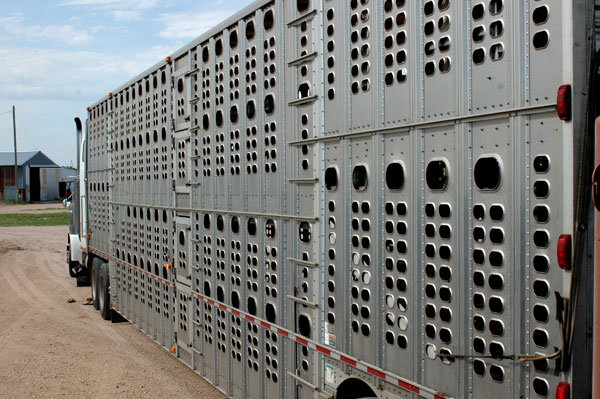Full Access For U.S. Beef In Hong Kong Is Now A Reality
With the opening of the Hong Kong market to U.S. beef, China is now the only large import market that remains completely closed to U.S. beef.
July 1, 2014

Effective June 17, Hong Kong agreed to further expand access for imports of U.S. beef. The USDA Food Safety and Inspection Service has already updated its export library to reflect these changes, allowing U.S. suppliers to immediately begin shipping an expanded range of products.
“This essentially represents a full opening of the Hong Kong market, with important additions such as ground beef and processed meats,” says Joel Haggard, U.S. Meat Export Federation (USMEF) senior vice president for the Asia Pacific, who is based in Hong Kong. “The few restrictions that remain will not have much impact on the market’s performance, but it is important that exporters are aware of them so that we don’t have any shipments delayed or rejected.”
Subscribe now to Cow-Calf Weekly to get the latest industry research and information in your inbox every Friday!
Details of the revised export requirements for Hong Kong include:
• The USDA Agricultural Marketing Service export verification (EV) program is no longer required for cattle slaughtered on or after June 17, 2014. But for bone-in products that became eligible in February 2013 and are derived from cattle slaughtered prior to June 17, 2014, the EV program is still required.
• Processed meats are now fully eligible for Hong Kong.
• Ground beef from cattle slaughtered on or after June 17, 2014, is now eligible, but all ground beef entering Hong Kong (from all suppliers) is subject to special licensing procedures. Also, Hong Kong stipulates that ground beef cannot contain lean finely textured beef (LFTB).
• Products still ineligible for Hong Kong include LFTB, mechanically separated meat and trimmings.
“A few U.S. plants might have had an interest in shipping trimmings to Hong Kong,” Haggard says. “But other than that, we feel the Hong Kong market will now finally be operating at its full potential for U.S. beef.”
Hong Kong was one of the first Asian markets to resume imports of U.S. beef after the December 2003 BSE case, opening to boneless muscle cuts from cattle less than 30 months of age. Although the U.S. beef industry was able to achieve significant export growth in Hong Kong, the level of market access remained stagnant for about eight years.
In February 2013, Hong Kong finally began accepting bone-in cuts and some offal products from cattle less than 30 months of age. Also at that time, the market opened to boneless muscle cuts from cattle of all ages. These changes helped fuel an exceptional performance in 2013, as U.S. exports to Hong Kong increased 91% in volume to 130,112 metric tons (mt) and 140% in value (to $823.3 million) over the previous year. This success has continued into 2014, with exports through April running 66% ahead of last year’s pace in volume and 94% higher in value.
“Getting bone-in cuts into Hong Kong last year was obviously a very big step,” Haggard explains. “The ability to export some cuts from over-30-month cattle was helpful as well. But full access is what we’ve really been striving for, so this latest announcement comes as very welcome news.”
The U.S. has made considerable progress this year in gaining relief from BSE-related restrictions. Ecuador, Uruguay and Sri Lanka recently opened to U.S. beef for the first time since 2003. In May, Mexico resumed imports of U.S. beef from cattle more than 30 months of age.
China is now the only large import market that remains completely closed to U.S. beef. Negotiations are ongoing, and this month a technical review team from China conducted a two-week-long BSE observation visit to the U.S.
“The timeline for U.S. beef reentering China is still unclear,” Haggard says. “But we are certainly anxious to capitalize on opportunities in that market.”
Last year, China’s beef imports from all suppliers – mainly Australia, Uruguay, New Zealand, Canada and Argentina – reached 314,437 mt, valued at $1.33 billion. Through May, China’s 2014 imports are about 30% ahead of that pace.
Joe Schuele is communications director for the U.S. Meat Export Federation.
You Might Also Like:
10 New Farm Trucks To Consider For 2014
You May Also Like


.png?width=300&auto=webp&quality=80&disable=upscale)
